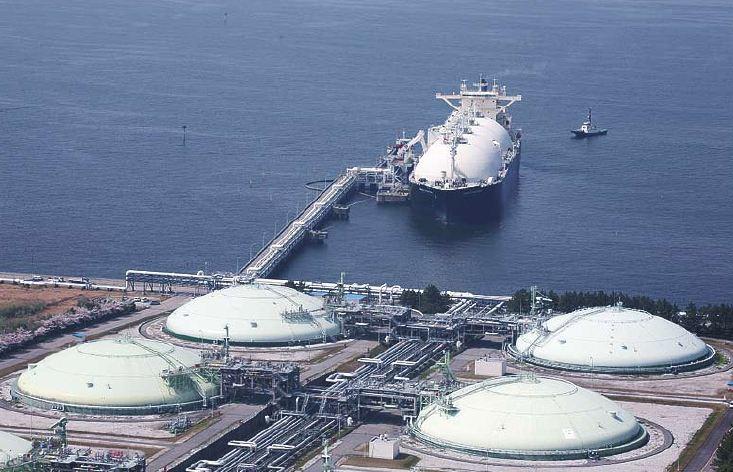
LNG WILL RISE

Rising liquefied natural gas output will help protect against disruptions globally as the conflict between Russia and Ukraine rekindles concerns about security of supply, according to the International Energy Agency.
Natural gas production is expected to rise in almost all regions except Europe by 2040, the IEA said in its World Energy Outlook published today. LNG exports will almost double, taking market share from interregional pipeline trade and contributing to diversification of supply, according to the Paris-based adviser to 29 developed countries.
"We see a strong wave of LNG coming to the gas markets, it should be very important from a gas security point of view," Fatih Birol, chief economist at the IEA, said today in a presentation in London. "Energy security is a key issue and will be more important in the next years to come."
Gas supply to Europe risks being disrupted for a third winter since 2006 amid a conflict between Ukraine and Russia, which meets about a third of the region's needs for the fuel. Even with a Sept. 5 truce and an Oct. 30 gas deal, fighting continued in eastern Ukraine between government forces and pro-Russian rebels, while NAK Naftogaz Ukrainy is yet to pay Russia's OAO Gazprom in full to secure winter fuel supplies.
World gas output is expected to rise 56 percent from 2012 levels to 5.378 trillion cubic meters (190 trillion cubic feet) by 2040, with about 31 percent of that coming from so-called unconventional sources such as shale rocks and coal beds, the IEA said. China and the Middle East will lead an increase in demand of more than 50 percent by 2040, the fastest rate among fossil fuels.
Supply Security
"Concerns about the security of future gas supply are allayed in part by a growing cast of international gas suppliers, a near-tripling of global liquefaction sites and a rising share of LNG that can be re-directed in response to the short-term needs of increasingly interconnected regional markets," the IEA said.
Gas will become the leading fuel in the energy mix of developed nations by about 2030, aided by U.S. regulations limiting emissions from electricity generation, the IEA said.
LNG exports will rise to 559 billion cubic meters, boosting its share in interregional gas trade to 48 percent from 43 percent in 2012, with the rest shipped by pipeline, the report shows. New exporters from North America, Russia and east Africa will emerge, offering more flexibility to the markets, Birol said.
Gas resources are able to meet increasing demand, while required investment to 2040 of "more than $11 trillion along the gas supply chain represents a stern challenge," Birol said.
"The global gas industry is rapidly evolving," Jerome Ferrier, president of the International Gas Union, said in an e-mailed statement. "Our investments in on- and offshore production, LNG and natural gas infrastructure will lead to more security of supply."
bloomberg.com





